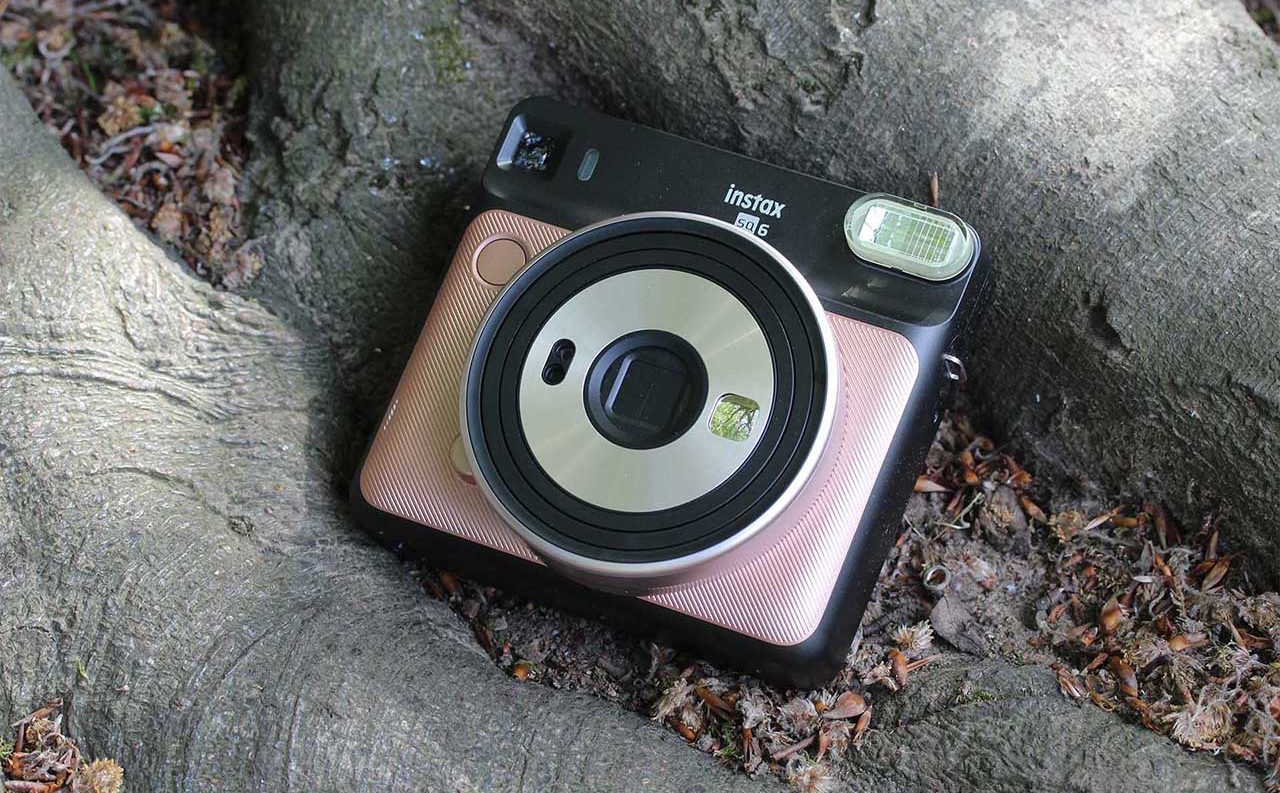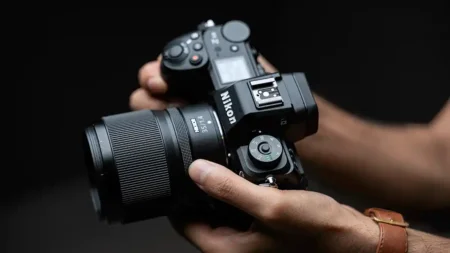One of the best things about the shape of the current camera market is that there’s something for just about every type of photographer.
A particular subset has grown in popularity over the past few years, offering something just a little bit different than your usual method of taking photos. Instant cameras are so-called because they give you instant access to a print. They’re usually analogue, but there are some digital and digital hybrids also available.
For the past few weeks, I’ve been using the Fujifilm Instax SQ6. One of the best instant brands on the market, Instax has built up quite a cult following, and in the US it’s even endorsed by a certain Taylor Swift.
I picked up the Instax SQ6 at its UK launch event, which, it’s fair to say, was attended by a completely different group of people that I’m used to seeing at most other tech and camera launches.
The SQ6 is the Instax’s first analogue-only camera to use the Instax square format film. Although the Instax SQ10 also uses it, that camera is, in essence, a digital camera with an inbuilt Instax printer. By contrast, the Instax SQ6 is analogue only – that means you only get one chance to get your shot right, each and every time.
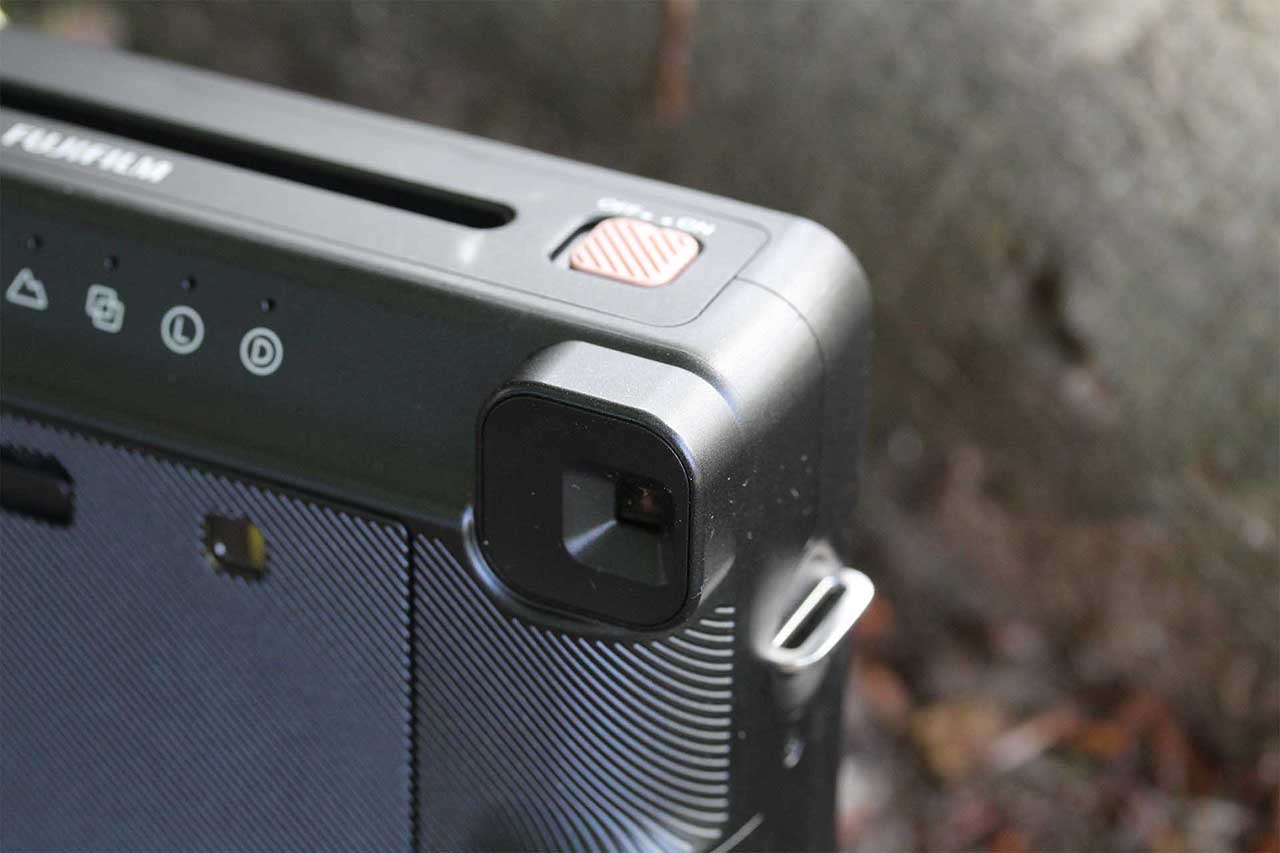
A different way of thinking about photos
I have the incredibly tough job of testing all manner of different types of camera, from smartphone cameras all the way up to incredibly high-powered full-frame DSLRs and beyond.
All of the usual things that I would normally look for in a camera go out of the window when it comes to shooting with an instant camera. I’m usually looking out for a high level of sharpness, accurate colour representation, how well balanced an exposure is, and a lot more in between.
In terms of usability, I want the best viewfinder possible, a high-resolution screen, super-swift focusing and fast frame-rates. Safe to say, you won’t be getting any of that from the Instax SQ6.
But is that a problem? Absolutely not – despite, or perhaps because of, it being a real “back to basics” approach, using a camera like this feels like a return to “proper” photography, and it’s much more fun than digital shooting to boot.
I’ve been using the “Blush Gold” (pink, basically) colour variant of the Instax SQ6. With a boxy appearance and a large lens housing, you’re not going to slip the SQ6 in your pocket, but it does fit fairly neatly into a small bag.
It’s certainly a lot more sleek than the Lomo Instant’Square, another camera which uses the Instax format, but does so via a bellows design.
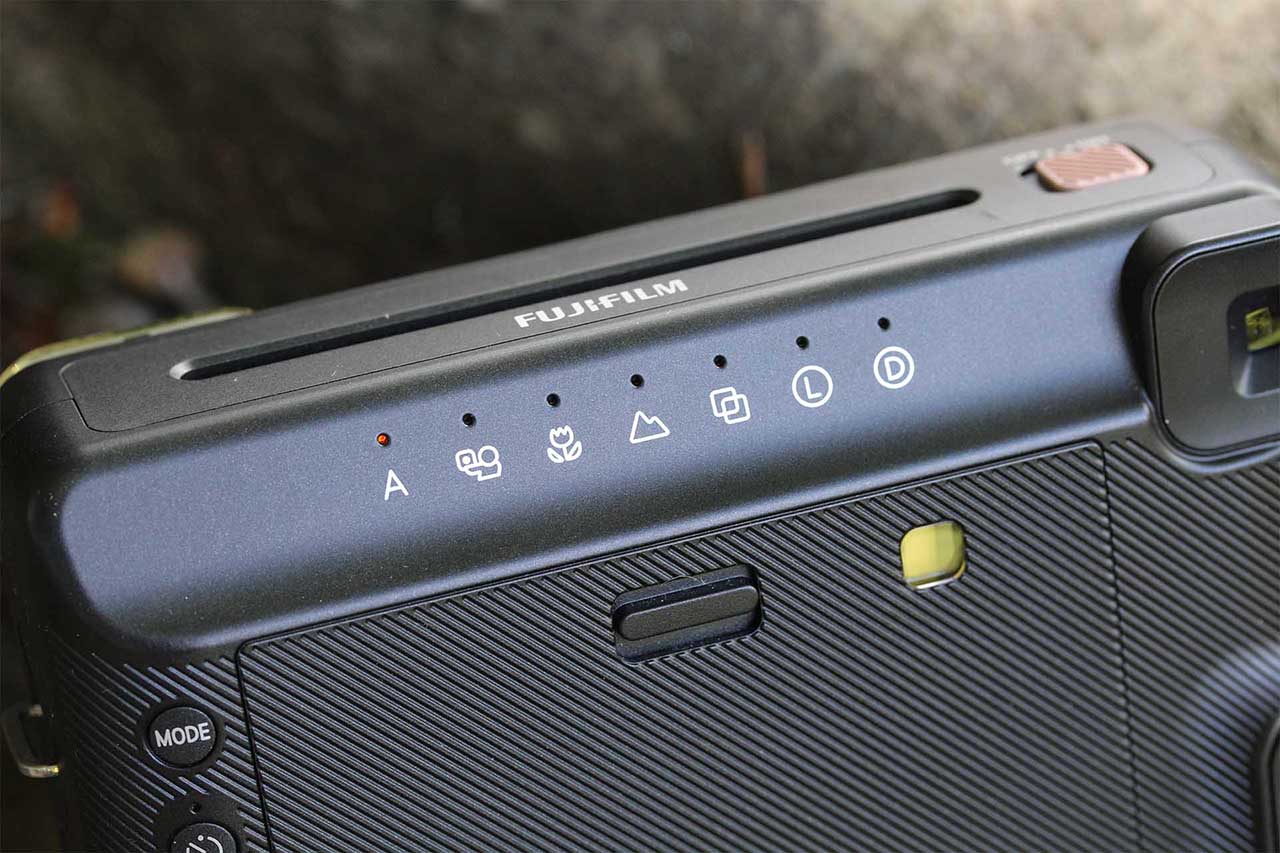
Simple shooting
Shooting methods are few and far between here, with fully automatic the default option. There’s also a selfie and macro mode (ostensibly the same thing from what I can tell), a landscape mode, double exposure mode, and options to lighten or darken the exposure.
The inbuilt flash is left on as standard, with Instax recommending its use for almost all shooting scenarios (I only switched it off when shooting in bright sunlight).
Luckily, using Instax film is about as simple as it’s possible to get. It comes in cartridges, and all you need to do is slot it in place – no faffing about with film spools here. I’ve been using the new black-bordered Instax film, but there’s also a white-bordered option you can use if you prefer.
To compose your shots, there’s a small viewfinder – but it doesn’t have optics so it’s only intended as a rough guide to the scene in front of you.
After a while you start to learn roughly the angle of view you can expect from the SQ6, but be prepared to put in a little bit of trial and error work when you first get started.
If you’re prone to the odd selfie or two, there’s a useful mirror on the front of the SQ6’s lens to make sure you get your face in shot.
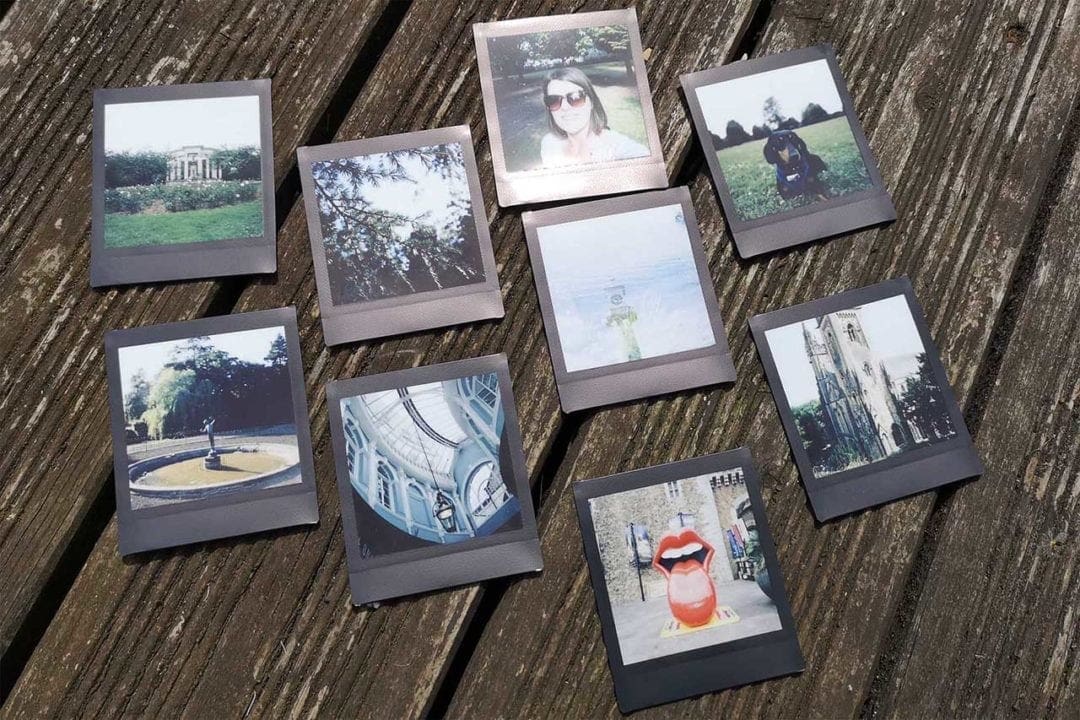
Nostalgic vibes
I’ve used Instax before, but mainly in the smaller Instax Mini variant. Of all the current instant films available on the market (including Polaroid Originals and ZINK paper), I find Instax provides the best balance between good image quality and cost outlay.
At around £8.99 for a pack of 10 Instax Square shots, it’s not the cheapest hobby you’ll be picking up, but, the high price of an individual shot really makes you consider each and every photograph you take.
Having a less machine gun approach to photography is a welcome slow-down at a time where it can be all to easy to take hundreds of digital photos that never again see the light of day.
Instead here, you have something physical which you can hold in your hand, put in a photo album, stick on the fridge door, or pass around to your friends and family. The final image quality isn’t as sharp, clear, or as well-exposed as even your smartphone is probably capable of in 2018, but somehow none of that matters.
I’ve included a few scans of the prints I created with the SQ6 to give you an idea of what kind of results you can expect, but you should know that what you get, and what I got, could be completely different – such is the lovely unpredictability of shooting with a camera like this.
Fuji Instax SQ6 sample photos





Should you buy the Instax SQ6?
If you’re intrigued by the notion of instant photography, then the Fujifilm Instax SQ6 is definitely a great entry into it. It’s simple and easy to use, while the resulting images are pretty good, too.
If you’ve already used other instant cameras, you’ll likely appreciate the opportunity to use the larger square format.
At around £125 to buy, the Fujifilm Instax SQ6 is not quite an impulse buy, but it’s just about cheap enough to push you towards the genre if you were thinking about it anyway.
It should be reasonably obvious that I don’t intend to use the Instax SQ6 for all of my photographs, but it certainly feels like it’s earned a place on my shelf to be grabbed for certain moments.
